At the event to recreate the victory celebration organized by the Provincial Museum in coordination with the People's Committee of Son Lang commune in Dak Asel village at the end of May, villagers prepared full offerings and jars of fragrant fermented rice wine, first to worship the gods, then to entertain distinguished guests from all over.
Under the shade of the tree, more than 100 jars of wine from each family are placed neatly and tied together with red strings in long rows, next to a wooden railing decorated with traditional patterns.

At the end of the prayer to the gods, Mr. Dinh Hmunh - a prestigious person of Dak Asel village, representing the village elders, held a straw and drank from each jar of wine one by one. Then, in the bustling sound of gongs, villagers and visitors from all over the world were intoxicated by the wine, holding hands and rhythmically playing the xoang dance. Whenever visitors were so absorbed in the xoang dance that they neglected to enjoy the wine, they would receive special attention: a round of wine to invite guests.
Mr. Hmunh said: For generations, rice wine has been an indispensable drink in families and used at festivals, to entertain distinguished guests of the people of Dak Asel village. Each jar of wine has a bamboo tube and a straw, anyone sitting there can drink as much as they want, and for delegates and distinguished guests who are too busy having fun and forget to enjoy the rice wine, there will be young men and women of the village who will pour each drop of sweet and fragrant wine from the jars, then pour the right amount into a bamboo tube hung on a string tied at the end of the bamboo stick and bring it to the guests to drink. The invitation to guests will be repeated many times until the party ends.
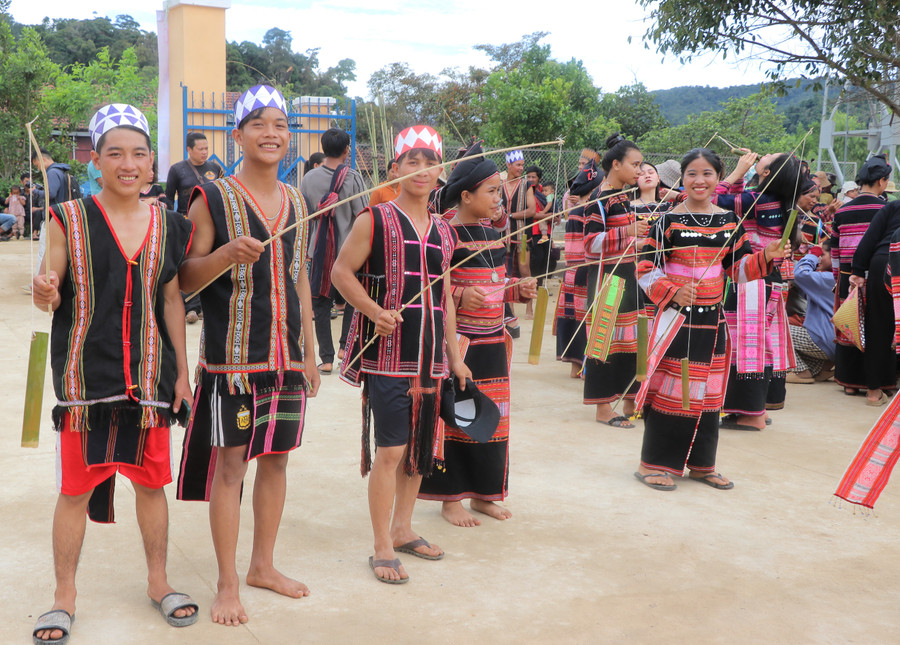
According to Mr. Hmunh, the wine hook consists of 3 parts: a rod made from a 1.2 m long bamboo stick that is smoothed, with a groove at one end to tie a rope to limit movement. The rope is about 1.5 m long, previously people used brocade weaving thread dipped in beeswax to help the rope be waterproof and more durable, but now they use parachute cord. The bamboo tube is cut into a cup to hold the wine, tied tightly to each rope through a small hole drilled on the mouth of the tube.
1-2 days before the ceremony, the young men in the village will go into the forest to cut down small bamboo trees that are not too old or too young to make wine. Bamboo trees of the right age will give off a characteristic mild aroma, blending with the traditional wine yeast, bringing appeal to the drinkers.
“According to ancient customs, if making a wine glass for festivals or weddings, the bottom of the glass is burned from the top down; on the contrary, when used at grave-leaving ceremonies, funerals..., the bottom of the glass is burned from the base up with the wish for all good things,” said Mr. Hmunh.
As a participant in the stages of making wine hooks to serve guests, Mr. Dinh Van Thuc excitedly said: “Under the enthusiastic guidance of the elders in the village, I was able to make beautiful and durable wine hooks. Through this, I am more appreciative and proud of the traditional cultural identity of my nation.”
Sharing the joy with the villagers of Dak Asel at the event to recreate the victory celebration, Mr. Tobias (a German tourist) shared: “I am very impressed because the people here are very friendly, enthusiastic, and hospitable. Participating in the festival, I learned more about the unique customs and culture of the local Bahnar people and was very impressed with the way the people invited people to drink. It is civilized, polite, and rich in tradition.”
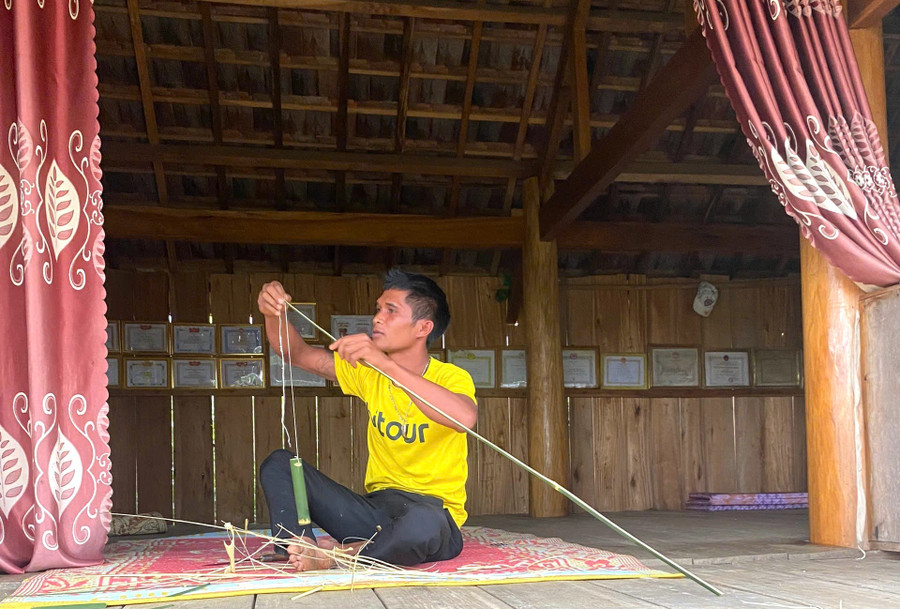
Mr. Dinh Van Quy - Party Cell Secretary and Head of Dak Asel Village - said: Dak Asel currently has 109 households, of which Bahnar people account for more than 90% of the population. Offering wine to guests is one of the good traditional customs that the villagers have preserved and maintained for many generations.
On every occasion of worshipping God, holding grave-leaving ceremonies, funerals, celebrating new rice, weddings..., people carefully prepare offerings and do not forget to prepare raw materials to make wine. The guests' enthusiastic enjoyment of wine from fishing rods is considered a great joy for the family and the village.
Witnessing the custom of offering wine to guests for the first time, Ms. Nguyen Dan Phuong - Head of Service Department (Provincial Museum) said: After more than 20 years working in the cultural sector as well as participating and observing many restoration ceremonies, this was the first time she enjoyed rice wine through the wine-making process.
The act of offering wine to guests shows the warmth, hospitality, creativity, and solidarity of the community and has become a unique cultural feature of the Bahnar people of Dak Asel village; at the same time, it contributes to diversifying the cultural colors of the ethnic groups in Gia Lai in particular and the Central Highlands in general.
Source: https://baogialai.com.vn/cach-moi-ruou-doc-dao-cua-nguoi-bahnar-lang-dak-asel-post328311.html


![[Photo] Ca Mau "struggling" to cope with the highest tide of the year, forecast to exceed alert level 3](https://vphoto.vietnam.vn/thumb/1200x675/vietnam/resource/IMAGE/2025/11/04/1762235371445_ndo_br_trieu-cuong-2-6486-jpg.webp)

![[Photo] The road connecting Dong Nai with Ho Chi Minh City is still unfinished after 5 years of construction.](https://vphoto.vietnam.vn/thumb/1200x675/vietnam/resource/IMAGE/2025/11/04/1762241675985_ndo_br_dji-20251104104418-0635-d-resize-1295-jpg.webp)
![[Photo] Panorama of the Patriotic Emulation Congress of Nhan Dan Newspaper for the period 2025-2030](https://vphoto.vietnam.vn/thumb/1200x675/vietnam/resource/IMAGE/2025/11/04/1762252775462_ndo_br_dhthiduayeuncbaond-6125-jpg.webp)

![[Photo] Ho Chi Minh City Youth Take Action for a Cleaner Environment](https://vphoto.vietnam.vn/thumb/1200x675/vietnam/resource/IMAGE/2025/11/04/1762233574890_550816358-1108586934787014-6430522970717297480-n-1-jpg.webp)


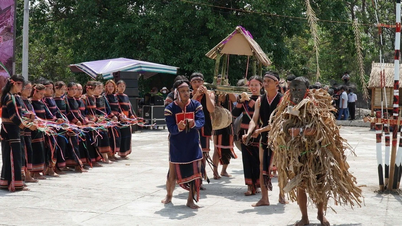

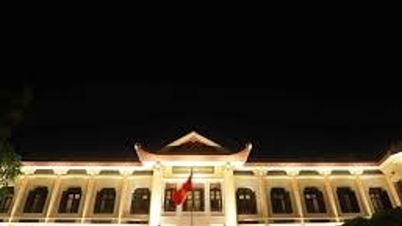


![[Photo] Impressions of the Can Gio Whale Festival](https://vphoto.vietnam.vn/thumb/402x226/vietnam/resource/IMAGE/2025/10/09/1759984089762_image12334-5642-jpg.webp)

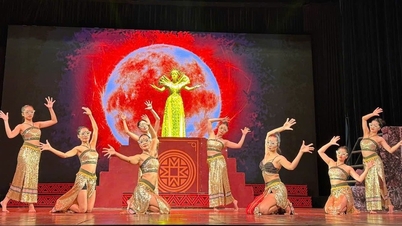

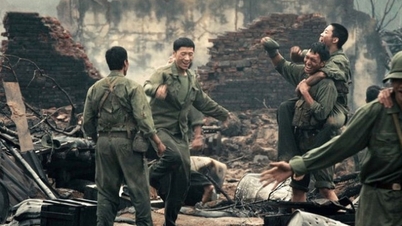



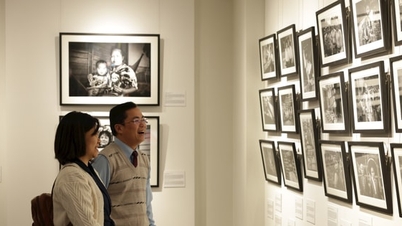














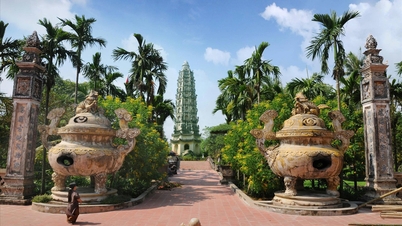




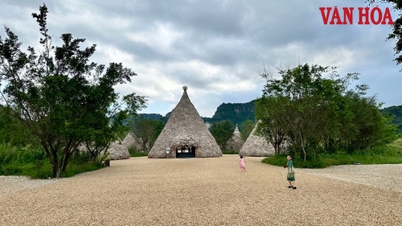
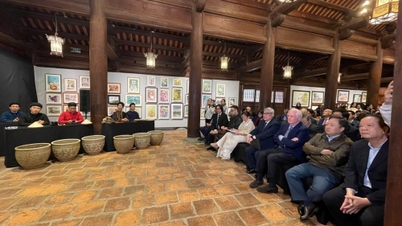



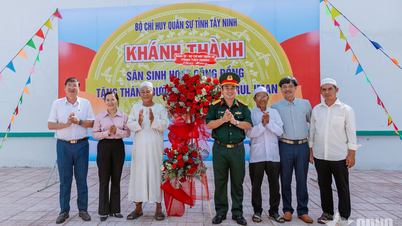







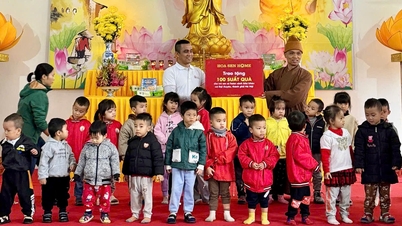











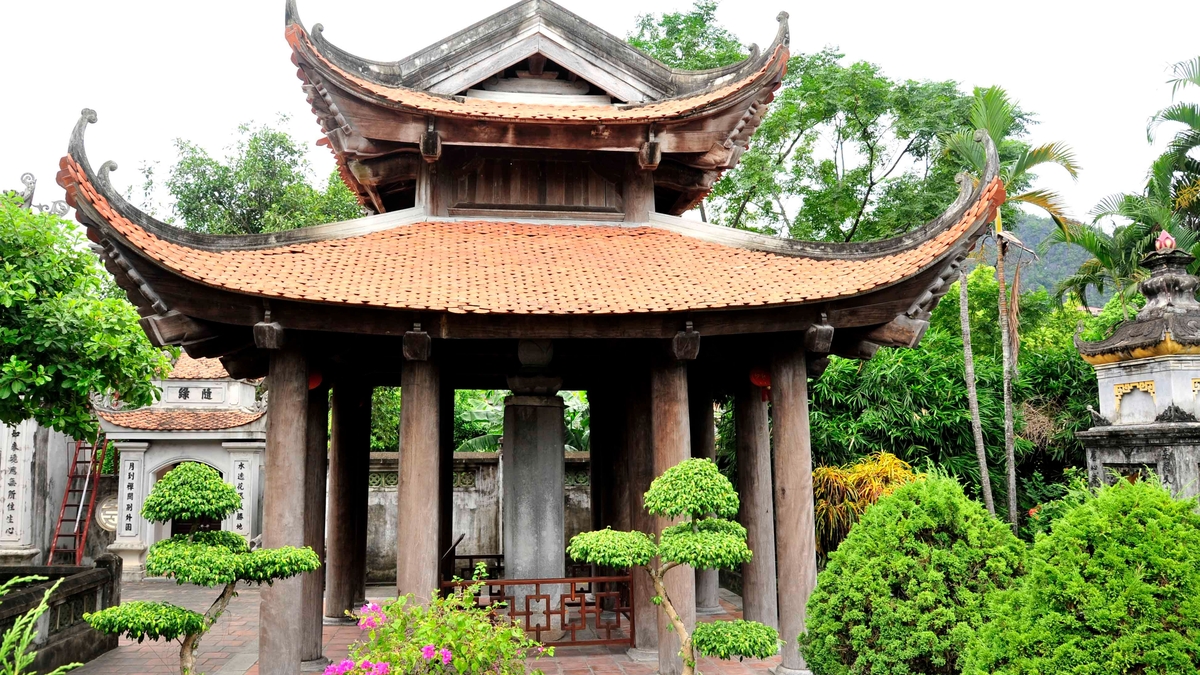









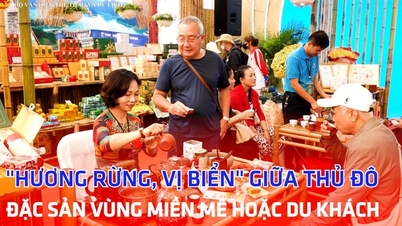






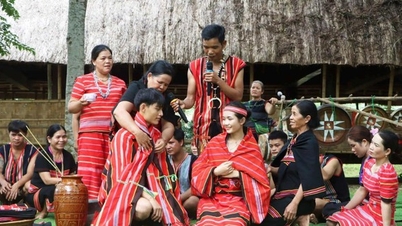




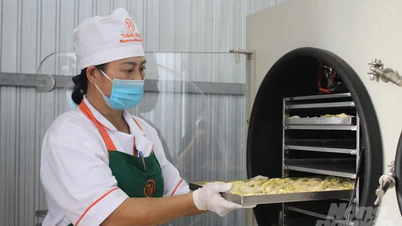








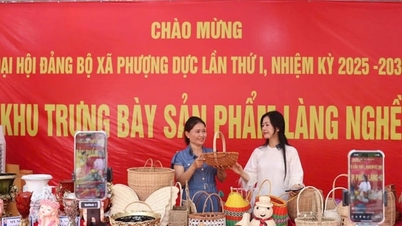



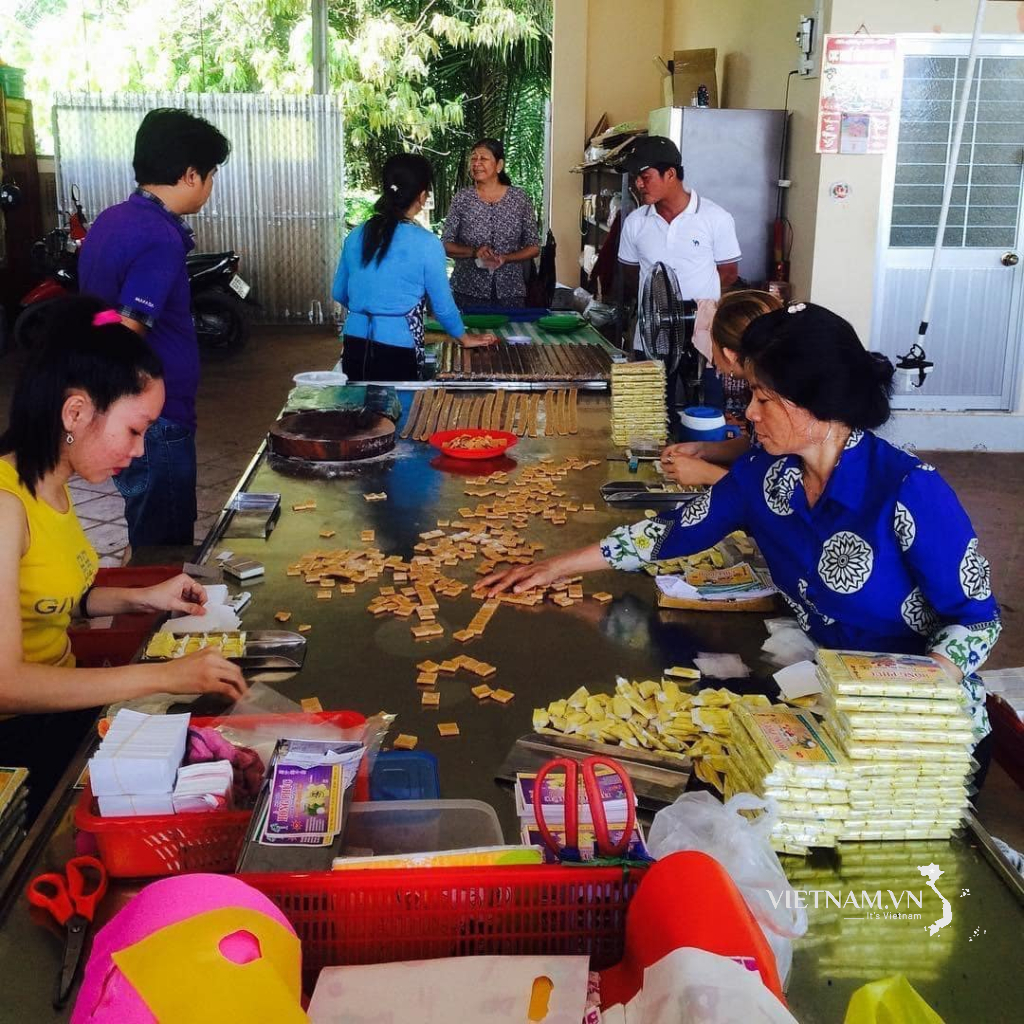

Comment (0)